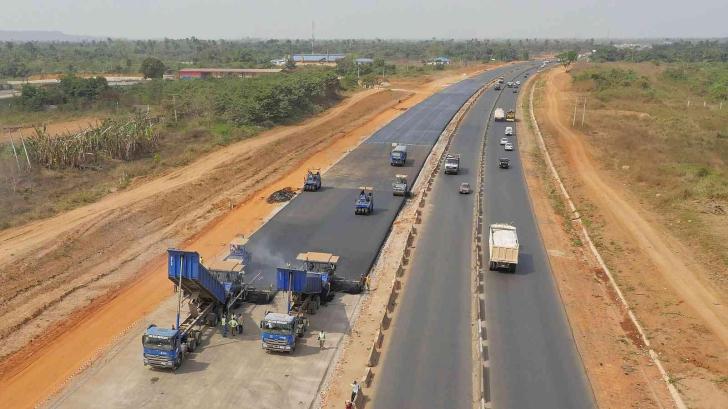News / National
Zimbabwe govt gets thumbs up for DBOT for roadworks
04 Oct 2024 at 07:46hrs |
14 Views

Economists have asserted that adopting the Design, Build, Operate, and Transfer (DBOT) model for road infrastructure development in Zimbabwe is crucial to curbing corruption and ensuring quality workmanship. This call comes in light of ongoing road rehabilitation projects that have faced serious allegations of looting, overcharging, and substandard work.
The government has acknowledged these issues and has vowed to take action against companies involved, stating it would withhold payments for poor performance. Earlier this week, it was announced that the DBOT model would be implemented for the rehabilitation of the Beitbridge-Bulawayo-Victoria Falls Road, a vital link connecting Zimbabwe to several neighboring countries.
Economist Gift Mugano highlighted the financial benefits of the DBOT approach, arguing that it alleviates pressure on the national budget while ensuring long-term investment in critical infrastructure. "Hard infrastructure such as roads and dams are long-term investments and require long-term financing models such as public-private partnerships. The DBOT model is not only a smart approach for managing infrastructure over the long term but also a financially sound strategy," he said.
Mugano criticized the reliance on direct government funding for large-scale projects, noting that such dependence often destabilizes the national currency due to unpredictable contractor payment schedules. He recommended that similar financing strategies be employed for other major roads, including the Chirundu Road, suggesting the exploration of diaspora bonds, infrastructure bonds, and long-term loans to support essential infrastructure initiatives.
Economic analyst Batsirai Matsika emphasized the importance of enhancing trade routes through infrastructural development. He pointed out that improving the North-South Corridor, which connects Zimbabwe to its neighbors, is essential for fostering regional trade and demonstrates the government's commitment to upgrading its infrastructure.
Despite its significance, the Beitbridge-Bulawayo-Victoria Falls Highway remains in poor condition, underscoring the urgent need for effective infrastructural solutions. The DBOT model represents a potential turning point in addressing the challenges facing Zimbabwe's road network while promoting transparency and accountability in the procurement process.
The government has acknowledged these issues and has vowed to take action against companies involved, stating it would withhold payments for poor performance. Earlier this week, it was announced that the DBOT model would be implemented for the rehabilitation of the Beitbridge-Bulawayo-Victoria Falls Road, a vital link connecting Zimbabwe to several neighboring countries.
Economist Gift Mugano highlighted the financial benefits of the DBOT approach, arguing that it alleviates pressure on the national budget while ensuring long-term investment in critical infrastructure. "Hard infrastructure such as roads and dams are long-term investments and require long-term financing models such as public-private partnerships. The DBOT model is not only a smart approach for managing infrastructure over the long term but also a financially sound strategy," he said.
Mugano criticized the reliance on direct government funding for large-scale projects, noting that such dependence often destabilizes the national currency due to unpredictable contractor payment schedules. He recommended that similar financing strategies be employed for other major roads, including the Chirundu Road, suggesting the exploration of diaspora bonds, infrastructure bonds, and long-term loans to support essential infrastructure initiatives.
Economic analyst Batsirai Matsika emphasized the importance of enhancing trade routes through infrastructural development. He pointed out that improving the North-South Corridor, which connects Zimbabwe to its neighbors, is essential for fostering regional trade and demonstrates the government's commitment to upgrading its infrastructure.
Despite its significance, the Beitbridge-Bulawayo-Victoria Falls Highway remains in poor condition, underscoring the urgent need for effective infrastructural solutions. The DBOT model represents a potential turning point in addressing the challenges facing Zimbabwe's road network while promoting transparency and accountability in the procurement process.
Source - newsday
Join the discussion
Loading comments…































